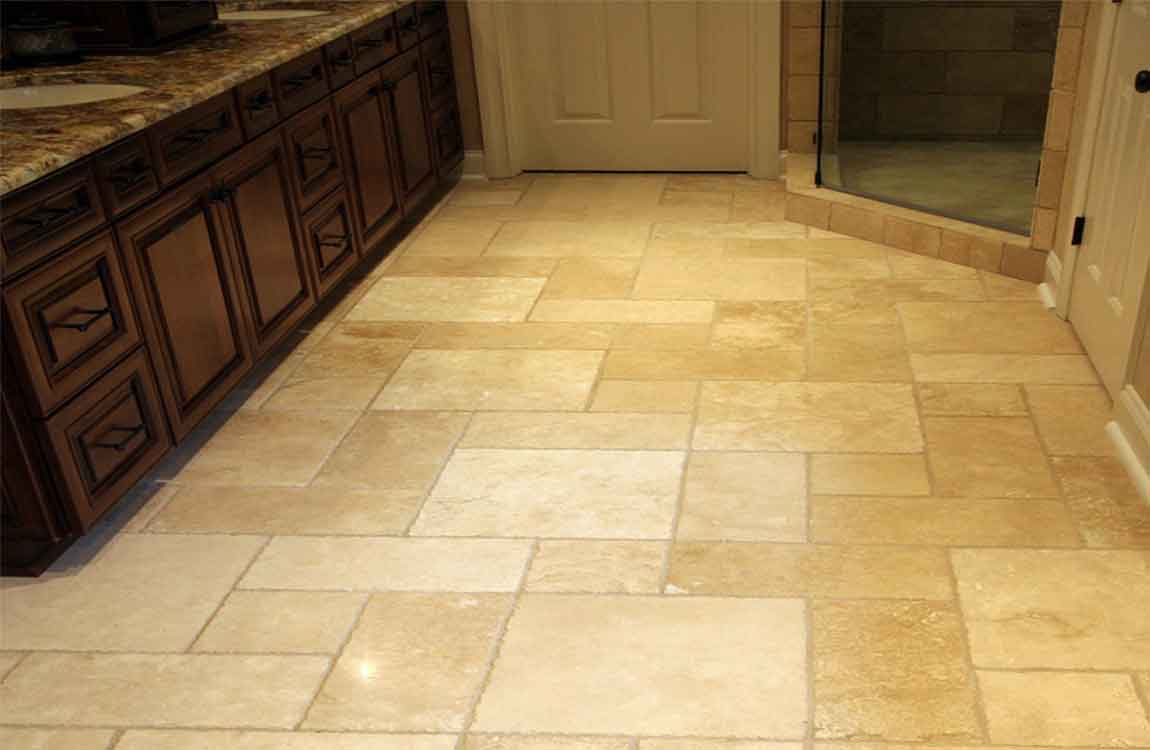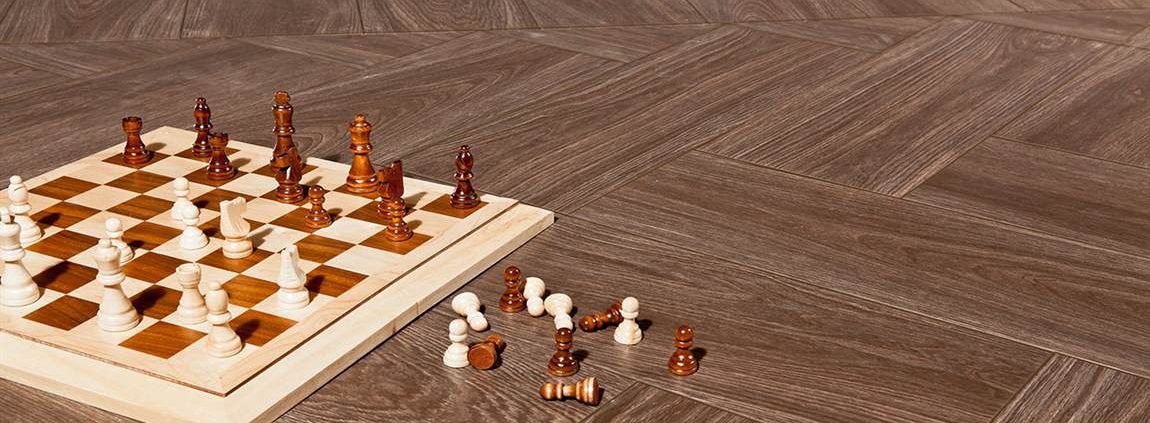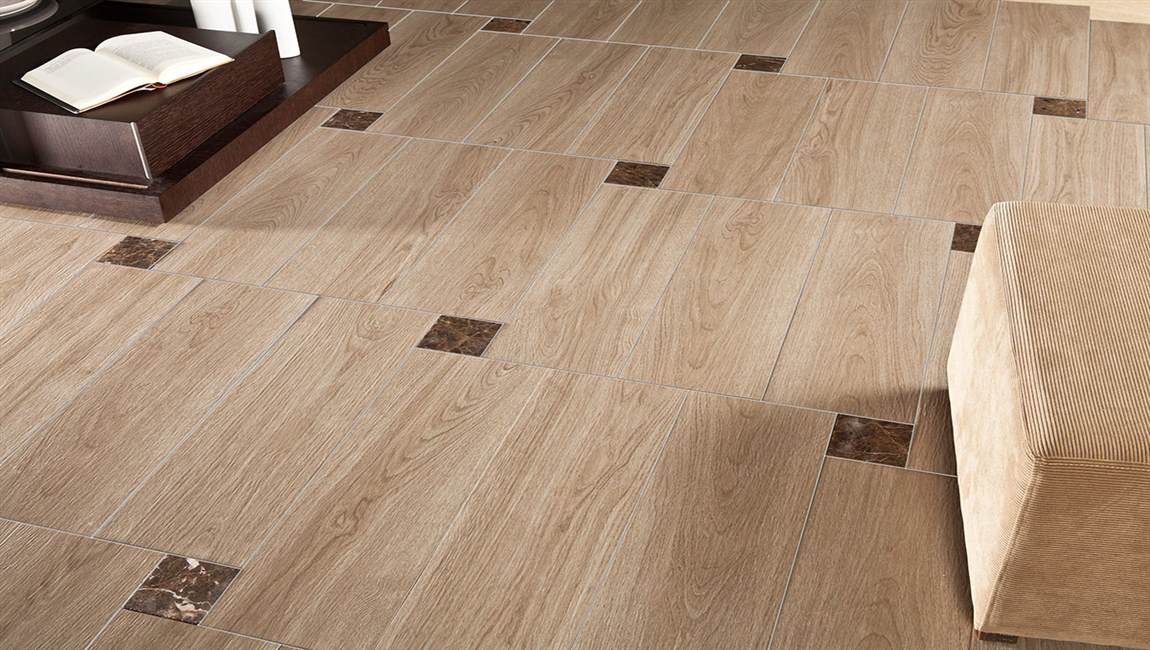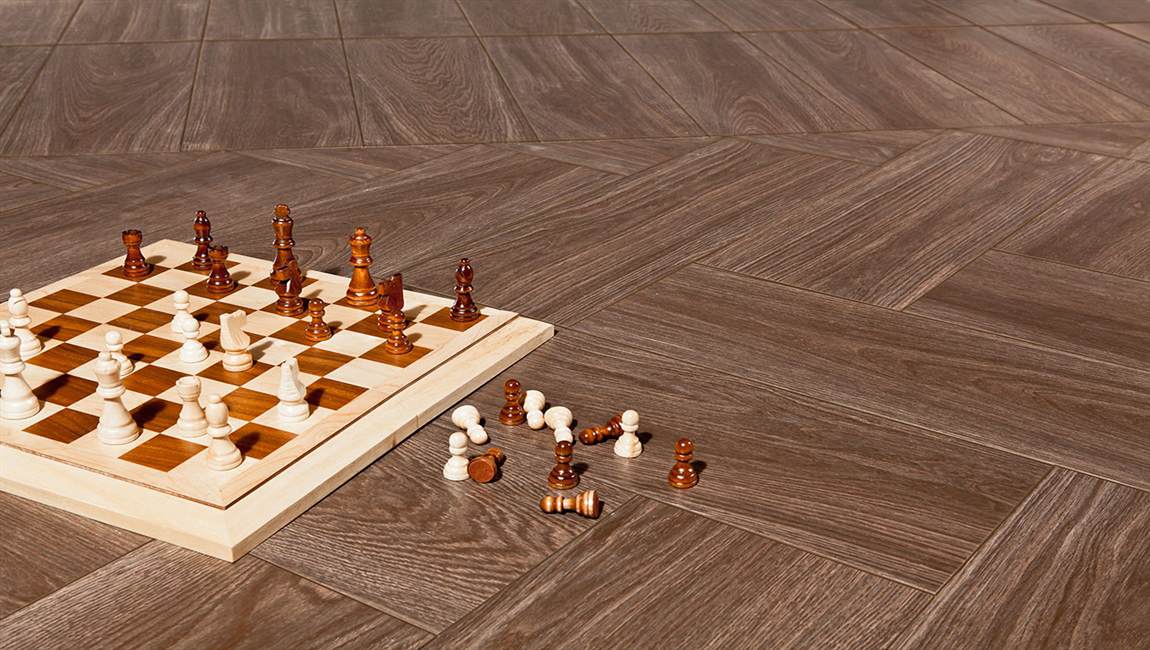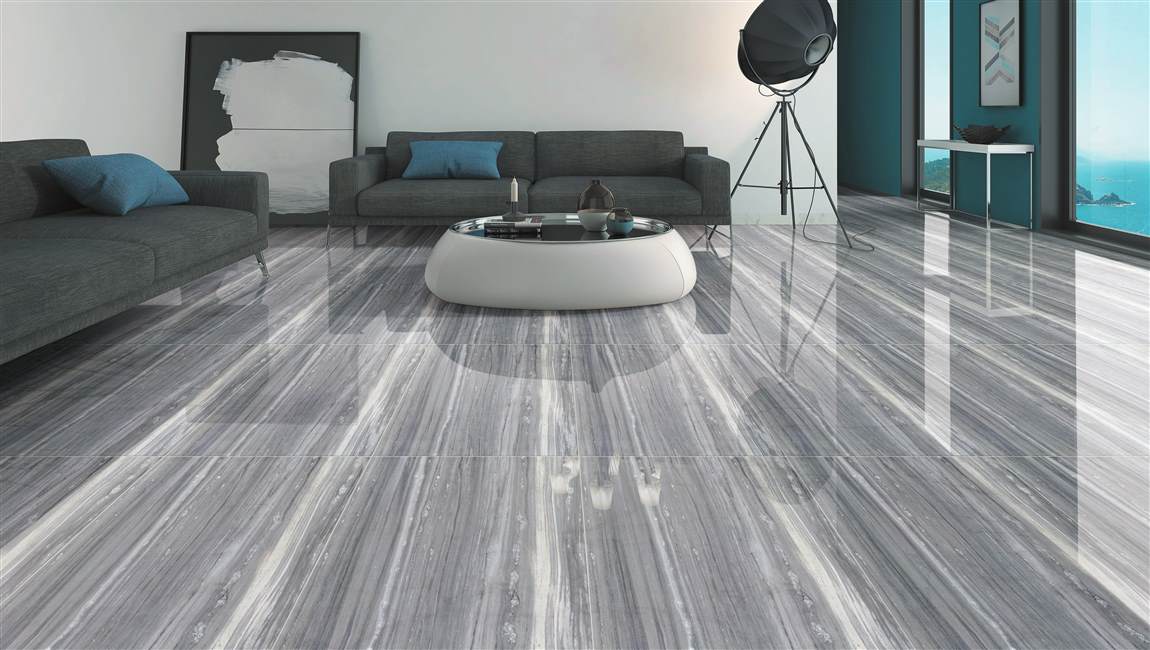How to Decorate Cement Floors?
Concrete is an affordable flooring option compared with linoleum, vinyl, ceramic tile or carpet. It is easy to maintain and anti-slip for safety in your home. Cement flooring doesn’t have to be dull-grey, you can decorate your flooring to match the design of your home or work. By staining or painting your floor you can have a stylish new look for less!
Apply sealer to the larger surfaces with a roller. Once the edges are finished you can apply a sealer to the remainder of the area with a roller. This will make the application quick and easy for you. Make sure that your roller is clean. Dirt will stick to the wet surface and be hard to remove once the sealer dries.
Wait for two hours before applying the second and final coat. The sealer will need two coats to protect your stained surface. Once the first coat has dried, apply the final coat with a paintbrush for the edges, and then a roller. Apply a sealer every 3 to 4 years to ensure the long life of your concrete stain. If applied correctly, the seal you’ve placed on your stained surface will last for 3 to 4 years.
Wait 24 hours before placing anything on the stained surface. After 24 hours, only use the area for light activities. Any pressure on the surface can damage the stain. For any vehicle traffic on the surface wait 72 hours. Then cover the whole surface with a roller. This will give your cement floor a clean and smooth finish.
Make sure your tools are clean when applying the final coat. It is important that there is no dirt on the surface to get the cleanest finish. Hence, some of the base colour should also show through. The only brush strokes should be fine ones to soften the look as the paint is still wet.





